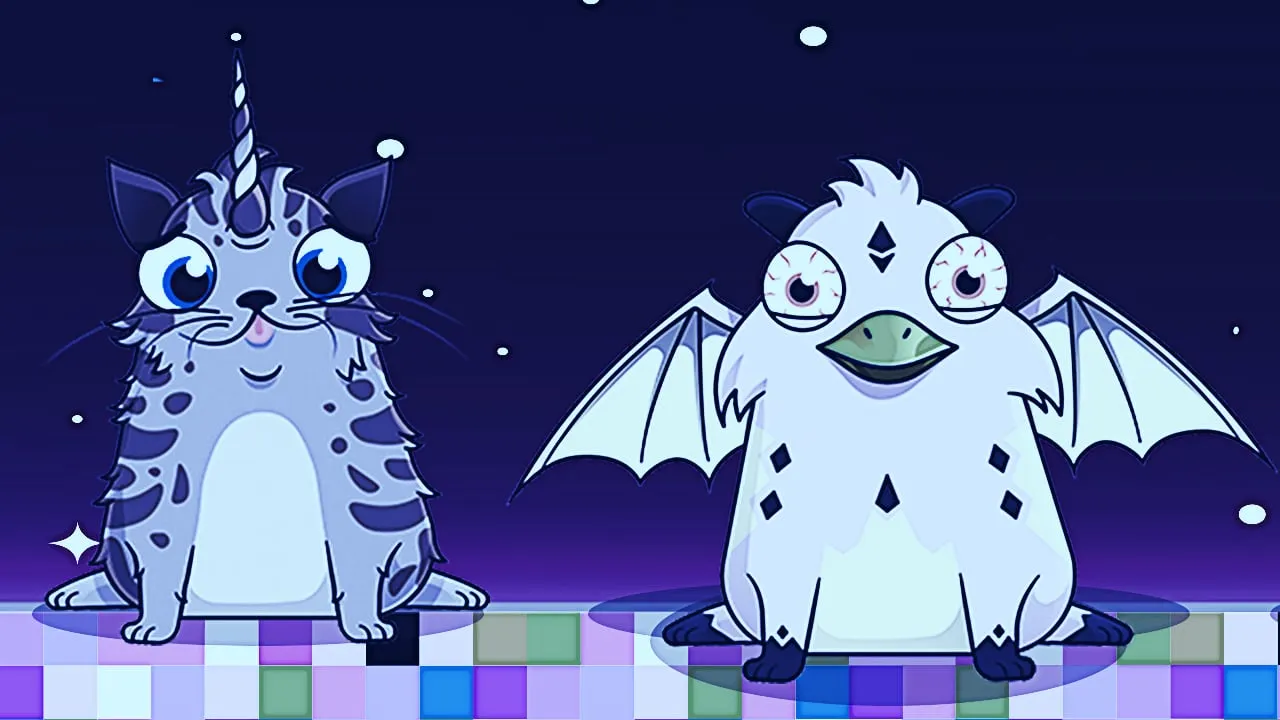In brief
- Flow, a blockchain built for the entertainment industry, has raised $18 million in a public token sale.
- Flow hopes to be the go-to blockchain for projects using non-fungible tokens (NFTs).
- And so far, so good—the blockchain is attracting huge amounts of attention and funding.
Flow, a blockchain built for the NFT industry, has raised $18 million in a public token sale.
The Flow blockchain, designed by Dapper Labs (the company behind CryptoKitties, collectible cat tokens—and a runaway hit), held a public sale via fundraising platform CoinList from September 21 to October 2. CoinList announced yesterday that the sale raised $18 million from nearly 13,000 participants.
The sale gave investors the chance to buy FLOW tokens—used to participate in Flow’s network and earn rewards.
The token sale comprised a community sale and an auction. More than 12,500 users laid down nearly $9 million in funds for FLOW tokens in the community sale. In the auction sale, registered users submitted bids over a 12-day period to have a slice of 2% of the genesis block—or 25 million FLOW tokens. This raised $9.5 million, and the price of an individual FLOW token closed at $0.38.
The sheer amount of money raised shows that there is huge interest in the world of non-fungible tokens (NFTs).
NFTs are unique cryptocurrency tokens that cannot be directly replaced by another token. They are different from fungible assets, like Bitcoin, which are interchangeable. This is because they contain identifying information recorded in their smart contracts.
NFTs are usually linked to a specific asset—such as a piece of art or an in-game item.
Ethereum dominates the NFT market, but slow transaction speeds and high fees encumbered its NFT market. Bottlenecks on Ethereum affected NFT projects selling cheaper items, like in-game collectibles, more than NFT projects selling expensive artworks.
Dapper Labs last year raised an additional $11 million to get Flow off the ground; the aim is to create a blockchain ideal for the NFT market. It comes with the usual promises of new blockchains: it's faster, more scalable and cheaper than Ethereum.
Dapper Labs created the hugely popular CryptoKitties—a game originally built on Ethereum that lets players buy and sell cute kittens represented by NFTs. The game was so popular it almost crashed the Ethereum network upon launch at the end of 2017. And in 2018, one of the cats, “Dragon,” sold for $170,000.

